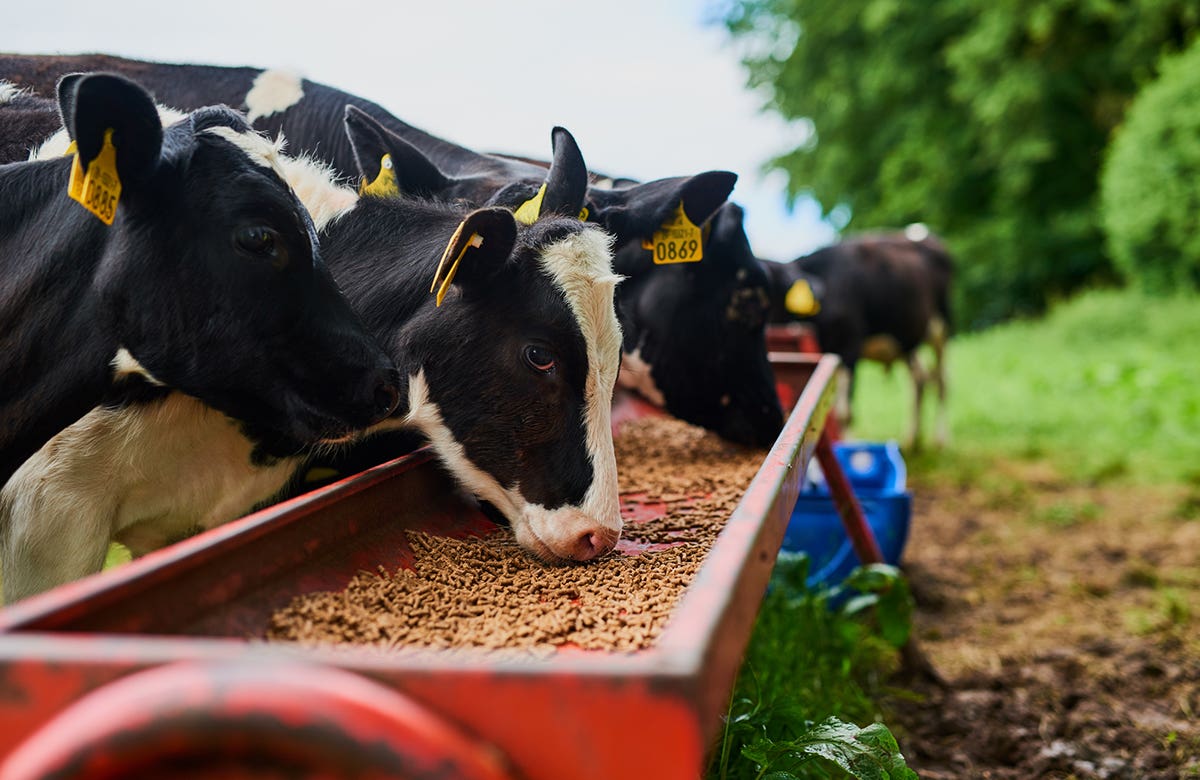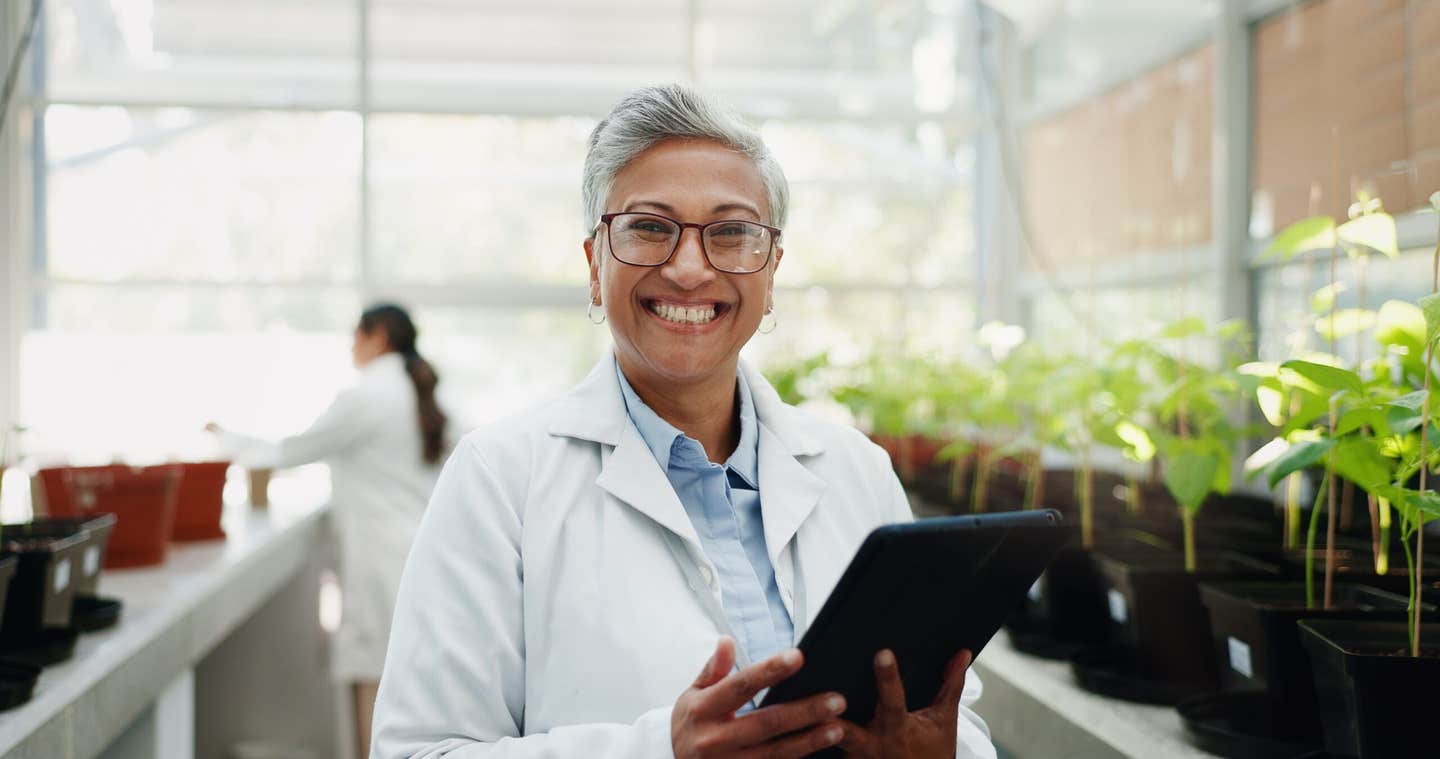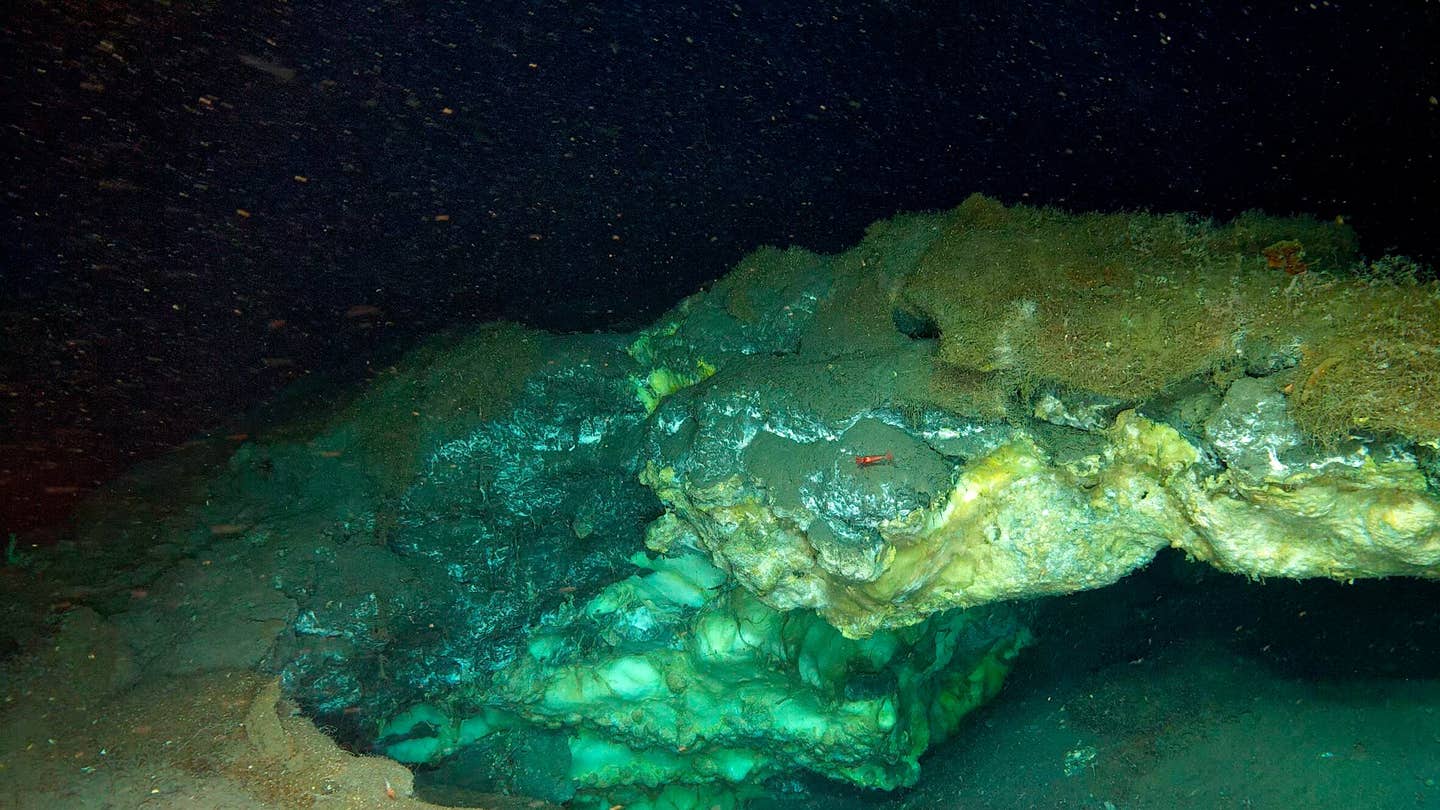Groundbreaking Discovery Transforms Plastic Waste into Animal Feed
An international team of experts undertaking fundamental research has developed a way of using polyethylene waste (PE) as a feedstock

[Jan. 4, 2024: JD Shavit, The Brighter Side of News]
An international team of experts undertaking fundamental research has developed a way of using polyethylene waste (PE) as a feedstock. (CREDIT: Shutterstock)
In a groundbreaking discovery, an international team of scientists has unlocked a revolutionary method to convert polyethylene waste (PE) as a feedstock and converted it into valuable chemicals using light-driven photocatalysis.
Led by Professor Shizhang Qiao, Chair of Nanotechnology and Director of the Centre for Materials in Energy and Catalysis at the University of Adelaide's School of Chemical Engineering, this research offers a promising solution to the global plastic waste crisis while harnessing renewable solar energy.
Published in the prestigious journal Science Advances, Professor Qiao's team has achieved the remarkable feat of transforming discarded polyethylene plastic waste into ethylene and propionic acid with exceptional selectivity. "We have upcycled polyethylene plastic waste into ethylene and propionic acid with high selectivity using atomically dispersed metal catalysts," shared Professor Qiao.
An international team of experts undertaking fundamental research has developed a way of using polyethylene waste (PE) as a feedstock and converted it into valuable chemicals, via light-driven photocatalysis. (CREDIT: Creative Commons)
This remarkable feat was accomplished through an oxidation-coupled room-temperature photocatalysis method, ensuring the conversion of plastic waste into valuable products with an astonishingly high degree of selectivity. Professor Qiao added, "Nearly 99 per cent of the liquid product is propionic acid, alleviating the problems associated with complex products that then require separation."
A Key to Sustainability: Renewable Solar Energy
In a world grappling with the overwhelming issue of plastic pollution, this innovative waste-to-value strategy relies on four essential components: plastic waste, water, sunlight, and non-toxic photocatalysts that harness solar energy to drive the chemical reactions.
Related Stories
A typical photocatalyst employed in this process is titanium dioxide with isolated palladium atoms on its surface. Unlike traditional industrial processes, which consume fossil fuels and emit harmful greenhouse gases, this approach relies on renewable solar energy.
Polyethylene waste is ubiquitous in our daily lives, with applications ranging from food packaging to shopping bags and reagent bottles. Regrettably, a substantial portion of this valuable resource ends up in landfills, posing a grave threat to the environment and global ecology. Professor Qiao emphasized, "Plastic waste is an untapped resource that can be recycled and processed into new plastics and other commercial products."
Overcoming Challenges: A Green Path to Plastic Recycling
Recycling polyethylene waste presents a significant challenge due to the chemical inertness of polymers and the occurrence of side reactions arising from the complex structures of reactant molecules. Current chemical recycling methods operate at high temperatures exceeding 400 degrees Celsius, resulting in complex product compositions that are difficult to manage.
Polyethylene waste is ubiquitous in our daily lives, with applications ranging from food packaging to shopping bags and reagent bottles. (CREDIT: Shutterstock)
Ethylene, one of the valuable chemicals obtained from this process, serves as a crucial chemical feedstock that can be further refined into a wide array of industrial and everyday products. Propionic acid, another major product of this innovative process, is in high demand due to its antiseptic and antibacterial properties.
The implications of Professor Qiao's team's research are far-reaching, addressing pressing environmental and energy challenges while contributing to the concept of a circular economy. Not only does this discovery offer a sustainable solution to reducing plastic pollution, but it also produces valuable chemicals from waste materials.
Route 1, conventional gasification of PE waste, involves high temperature/pressure reactions, product separation, and post-synthesis process to generate C2H4 and propionic acid. Route 2, photocatalytic PE upcycling to C2H4 and propionic acid with high selectivity and under mild conditions. (CREDIT: Science Advances)
Professor Qiao concluded, "Our fundamental research provides a green and sustainable solution to simultaneously reduce plastic pollution and produce valuable chemicals from waste for a circular economy." This pioneering work is expected to inspire the development of high-performance photocatalysts for solar energy utilization and further advance the field of solar-driven waste upcycling technology.
As the world grapples with the ever-mounting problem of plastic waste, the work of Professor Shizhang Qiao and his international team of experts shines as a beacon of hope. Their breakthrough in converting polyethylene waste into valuable chemicals through light-driven photocatalysis not only offers a sustainable solution to plastic pollution but also points the way toward a more circular and environmentally conscious future.
Structure characterizations of TiO2, Pd1-TiO2, and Pdn-TiO2. (A) XRD patterns for TiO2, Pd1-TiO2, and Pdn-TiO2. (B) HRTEM image and (C) HAADF-STEM image of Pd1-TiO2. (D) Intensity profiles along the pink rectangles in (C). (E) HAADF-STEM image and EDS mapping of Pd1-TiO2. (F) Pd K-edge WT-EXAFS for Pd1-TiO2 and reference samples. a.u., arbitrary units. (CREDIT: Science Advances)
The potential applications of this discovery are vast, ranging from waste management and chemical manufacturing to scientific research. By harnessing the power of renewable solar energy, this innovative approach not only benefits the environment but also opens up new avenues for sustainable development.
With Professor Qiao's research at the forefront of the fight against plastic pollution, the world may be one step closer to a cleaner and more sustainable future.
For more environmental news stories check out our Green Impact section at The Brighter Side of News.
Note: Materials provided above by The Brighter Side of News. Content may be edited for style and length.
Like these kind of feel good stories? Get the Brighter Side of News' newsletter.



